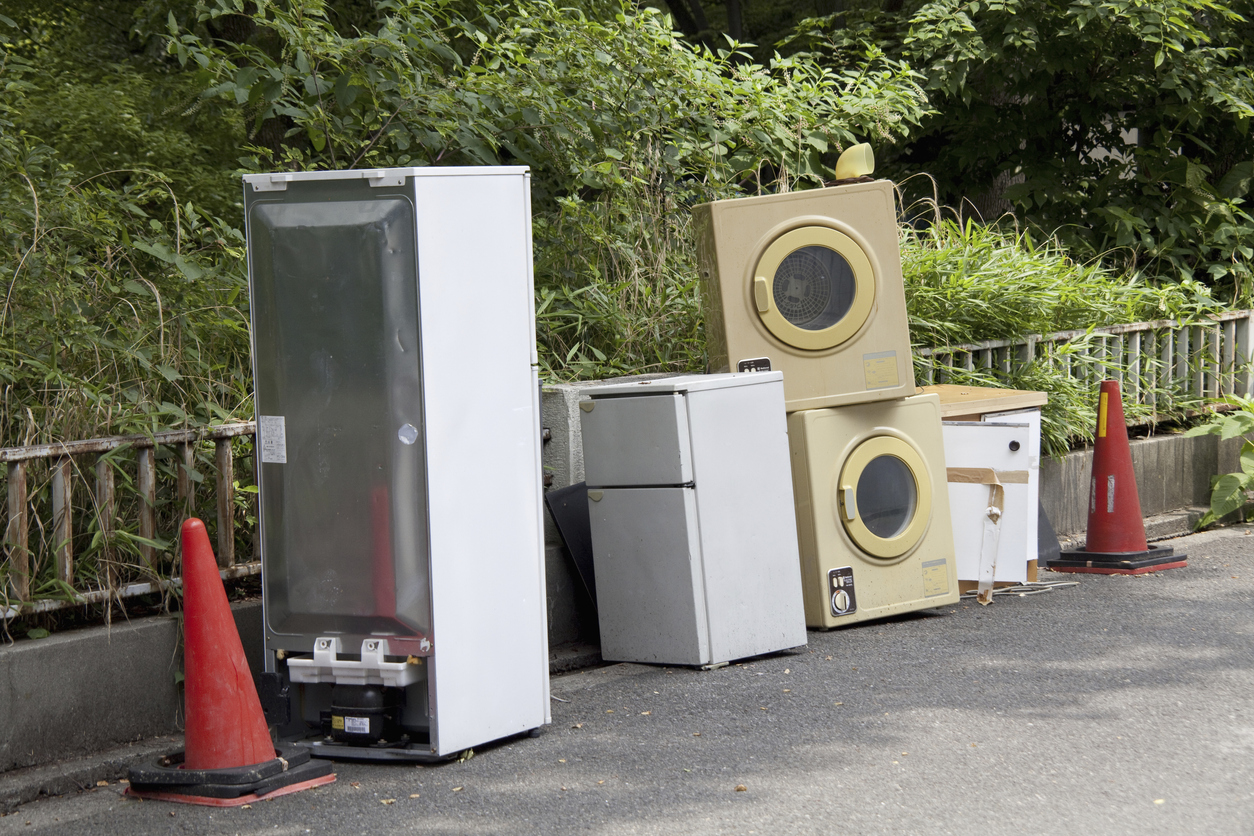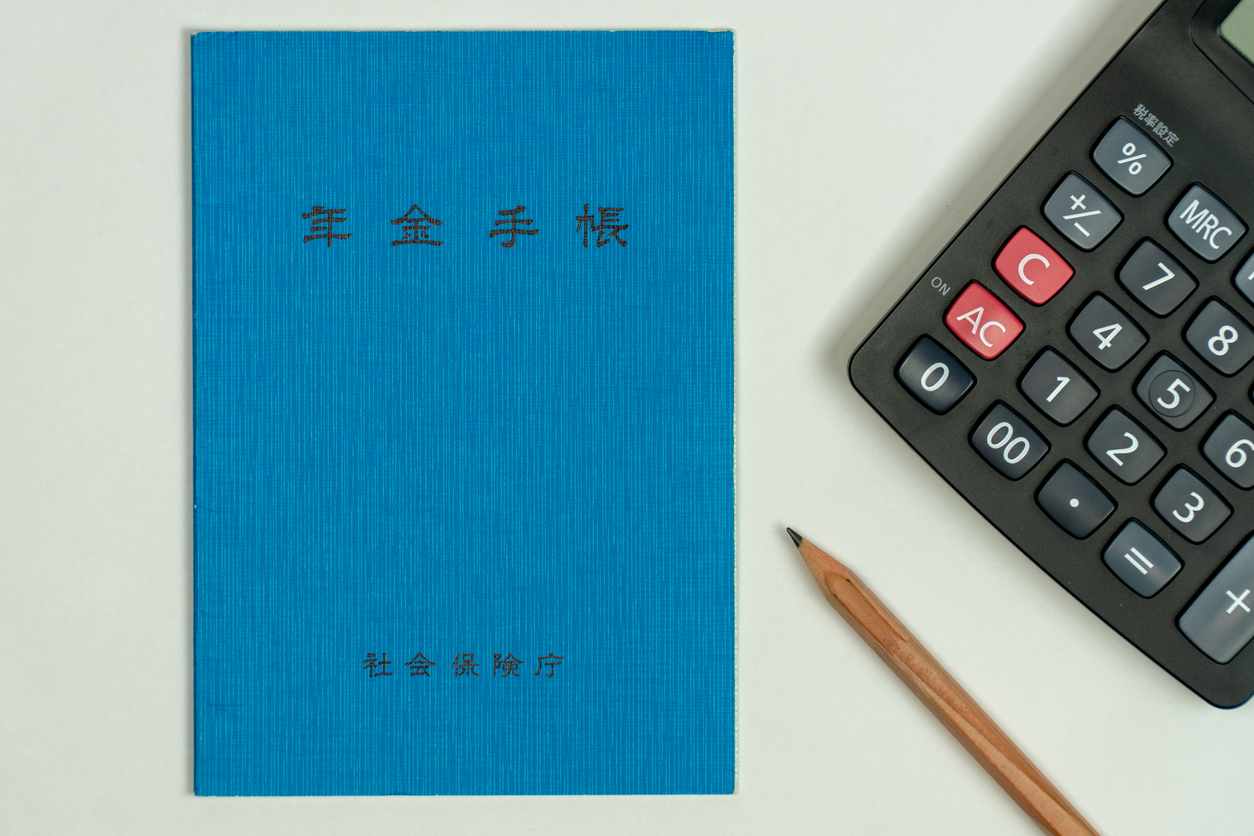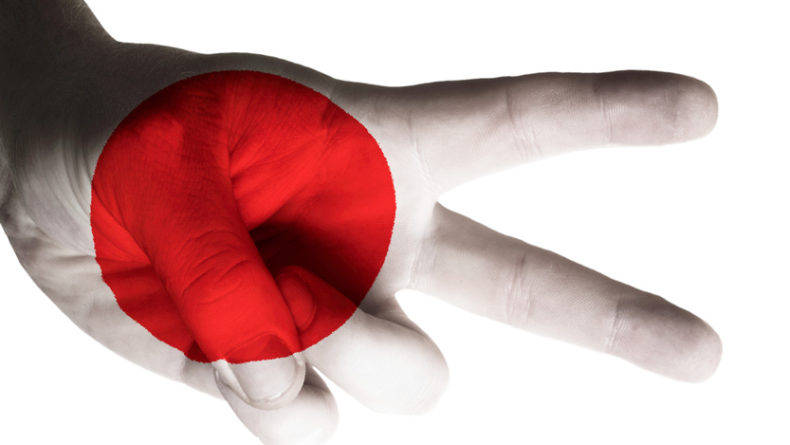Leaving Japan: What You Need To Do
The Practical Part Of Closing Down Your Life In Japan
Put your emotions on the backburner, leaving Japan is going to take a lot of life admin.
It is often said that moving house is one of life’s more stressful undertakings. Factor in a change of countries and you’ll find that leaving Japan is no picnic in the park. Before you can even think about the emotional upheaval that comes with leaving your current home, you need to deal with the practicalities of leaving Japan. It’s probably not going to be easy, but if you’re organized and start the process early, you can get through it with minimal premature aging. From someone who recently left Japan and only lost a few years of life in the process, here is a whistle-stop guide.
1. Quitting your job
I know superhuman salarymen who worked their last shift the day before their flight. Unless you possess preternatural organizational skills and stamina, I would recommend scheduling your last official day at work at least two or three weeks before you actually leave Japan. You’ll need time to sort everything out, especially as some of the services I’ll describe below are only open during typical working hours. It’s never a bad idea to leave your employment on a good note—brush up on the proper etiquette of quitting your job in Japan before breaking the news.
As long as you have time left on your working visa, you can usually stay in Japan for up to three months without being employed. So, it’s not a problem if you want to have a month or two off in Japan after quitting, but you are legally required to inform Immigration within 14 days of your last official workday. You can do this online or in person. If you don’t have time left on your visa, you’ll have to take a trip to your local immigration bureau and change your residency status to ‘Temporary Visitor’.
2. Closing down your apartment
The exact process of closing down your apartment will depend on your specific living situation but this is roughly what you need to do.
Contact your landlord or your letting agent (whoever you deal with) to let them know you will be leaving at least one month in advance (the earlier the better). Afterward, you’ll need to call your gas, electricity, and water companies and break the news. Some companies will let you settle your final bill upfront, while others will take the last bill from your account automatically if you have been paying that way.
You may encounter a roadblock in that some companies want you to pay after you leave Japan and will ask for your next address to forward the bill to—in this case, appoint a designated payee, who must be a resident of Japan, who will pay the bill on your behalf.
3. Getting rid of your stuff
Ah, waste disposal in Japan. After this experience, I am more convinced than ever that Japanese ‘commitment to recycling’ is hot air, Marie Kondo aside. Nevertheless, getting rid of your stuff sustainably is still possible, with some time, research, and effort.
Clothes
H&M offers a great service where you can donate a bag of clothes, in any condition. They will sort through your clothes, sell what can be worn again, and reuse or recycle what can’t. This service is available at the Shinjuku and Shibuya H&M branches, and some others in the Kanto area.
Just go to the customer service/returns counter that is usually at the located at the back of the shop, and you’ll see a clothes bin in where you can drop-off your giveaway bag. Let one of the staff members know and you will receive a coupon in exchange (score!) Just one of the many benefits that come with being eco-friendly.
Books/CDs/Phones
You can take books, CDs, and phones in reasonable condition to Book Off, a national chain of secondhand book shops. They’ll sort through your stuff and take what they deem suitable.
You get some cash in return but it’s small change–I think we made about ¥900 for a big bag of books and an iPhone 5, but it’s better than nothing! Although you won’t receive any money, some stores will dispose of the unsuitable stuff for you and some will just hand what they don’t want back to you.
Book Off also has its siblings, Hard Off (electronics), Mode Off (clothes), Off House (home appliances), Hobby Off (collectibles), and Garage Off (garage… stuff?). These are rarer beasts but work in much the same way.
Expat Facebook Groups
In the expat ecosystem, someone is always leaving Japan and someone is always arriving. Tap into this circle of life by joining Facebook groups for people buying and selling their possessions. Tokyo Sayonara Sales and Mottainai Japan come recommended because they are adequately moderated.
Utilizing Your Circle
Although I used all of the above methods, something I also did was asking my circle if they wanted any of my stuff. This had the advantage of selling it to people I trusted who were willing to work on my timeline. I made a Google Doc with everything that I was giving away, shared it on Facebook, and let people claim things by filling in their names. Maybe not for everyone, but it worked for me.
Sodai Gomi

When all else fails, sometimes you gotta 粗大ごみ (sodai gomi, large rubbish) it. I was proud that I managed to give away or recycle almost everything big! The only exception was this obnoxiously large neon pink suitcase that I presumably bought in the midst of some insane Elle Woods delusions. The hideous thing was turned down everywhere despite being in good condition. So, sodai gomi.
Go to this website, choose your ward, and apply for a pick-up. You’ll need to state what items will be picked up and the quantity. Then you choose the day. It will then tell you how much you need to pay for the stickers. You’ll go into the conbini and get the required amount of stickers (A is ¥200, B is ¥300, my tacky suitcase was two As). Put the stickers on your sodai gomi and put it out in your apartment’s usual garbage disposal location for pick up on the date you scheduled.
Shipping
Everything that doesn’t get thrown away or go in your suitcase has to be shipped. For things that you are not in a hurry to get back, the post office offers a cheap and reliable option (I hope! Check back in five months to see if any of my stuff got lost!). I shipped five boxes weighing between 5kg and 13kg and they cost me between ¥4,000 and ¥8,000 each. Two of these boxes were actually small suitcases, which wasn’t a problem either. The post office just asked that I secured the zippers with cable ties so that nothing would open up.
You’ll be given a customs inventory on which you have to describe the contents of the package and the approximate value of the goods. If the sheet is too small you can ask for a bigger one. You’ll also have to provide the details of the sender and recipient and choose your sending options, such as airmail or 船便 (funabin, surface mail).

Most of the forms are in English (hallelujah!) and you’ll need to write either in English or in the language of the country your package is going to. Language difficulties may manifest when the post office staff want to check what you’ve written, so either learn how to describe the contents of your package or make sure the dictionary app is installed on your phone. Customs duties vary depending on your country, but in the UK it’s a whopping 20 percent—I wasn’t about to hand that over just to get my stuff back. To avoid this fate, be sure to mark on the form that the contents are personal effects, not as a gift or commercial goods. Keep your shipping records. If something goes wrong, you’ll need them. Be sure to put down a phone number that you check regularly in case you need to be contacted about your shipment.
For large or valuable items you will probably be better off spending more and using a shipping company. Nippon Express (Nittsu) offers a careful and comprehensive moving service. Depending on how much cash you are willing to part with, you can even opt to have them pack your boxes for you. I used Kuroneko (Yamato Transport) to ship our musical instruments and, though it wasn’t cheap, I was amazed that it took only a little over two weeks to arrive. More importantly, our babies arrived undamaged and practically still in tune.
4. The Kuyakusho

A lot of essential admin for leaving can be done at your friendly neighborhood 区役所 (kuyakusho, ward office). No appointments were necessary and because we arrived early, we were able to get all of this done in one day, which is what I recommend you do. Two weeks before my leaving date, I went to the information desk at the kuyakusho, told the receptionist I was leaving the country and asked what I would have to do.
Be sure to bring your residence card, something with your My Number on it, something with your tax information (a bill/payment record, etc.) on it, and your hanko, if you have one.
Moving Out Form
All residents in Japan, Japanese and foreign, have to register their address with their local ward or city office. The process of registering as ‘leaving Japan’ is very similar to that if you were moving to a new address domestically. The only difference is you just need to put the country name instead of a full address, so don’t worry if you don’t know exactly where you will be living.
My ward office had an English form option. In my case, I moved out of my apartment a week before I actually left Japan and I wasn’t sure which date to put. When I asked, they told me to put the actual date that I would be leaving the country.
Health Insurance
Next step is to cancel your health insurance and pay any outstanding fees you may have. I handed in my insurance card and was given a temporary one with the date of my departure written in pen. I ended up needing to go to the doctor the day before I left and had no problems using this temporary card. I was given an envelope to Freepost the card back, which I dutifully did on our last day.
We were told that we couldn’t pay the bill for our last month in Japan and to come back to pay it if we were ever ‘nearby.’ What does ‘nearby’ mean? Nearby as in near the kuyakusho or nearby as in Korea? Regardless, we were told not to worry and to move onto the next stage.
Tax
Your tax situation will depend on when in the year you are leaving. If you’ve received your resident’s tax (住民税, jūminzei) bills and paid them, there may be very little for you to do.
In our case, we were leaving in May before the bills are sent out in June, so we had to appoint a tax representative who would receive our final bill and pay it for us. This person doesn’t have to be Japanese but they do have to be a Japan resident and we were told it was better if they lived within our ward. Even if you manage to settle up your tax before leaving Japan, you should appoint a tax representative anyway as they can be helpful with claiming back your pension.
Pension

If you have been paying into the pension system for six months or more, you may be entitled to claim back lump-sum pension payments. This process is actually more easily done after you leave Japan, but the pension people at the kuyakusho will most likely still want to talk to you as part of the leaving process. When you leave Japan, make sure to bring your pension book and a document with your pension number on it with you so you can apply for your pension remit from your next destination.
5. Canceling your phone contract
Different phone companies have different systems but I was with Softbank and it was relatively straightforward, though I did have to pay a cancellation fee of around ¥10,000. I was concerned because I only upgraded my phone six months before leaving and didn’t want to be hit with the rest of the cost of the phone upfront. Luckily, I was registered with my British credit card and was able to continue paying it off in installments. I asked them to unlock it, popped a British SIM card in and, hooray! I have a British phone. You may have the option to cancel your contract but keep your Japanese SIM and phone number—something worth considering if you think you will be back in Japan sooner rather than later.
Forwarding your mail
Luckily, forwarding your mail in Japan is easy and free. Just choose someone you trust, head down to the post office, and ask for a tenkyo todoke form. Your mail will be forwarded for 12 months—that’s it!
6. At the airport

Anyone who has left Japan temporarily on a working visa will know that resident cardholders have to fill in the ‘embarkation card for re-entrant.’ Do this again, but this time tick the box that says ‘I do not plan to enter Japan while my re-entry permit is still valid.’ Gulp. I did this and got in the immigration queue for resident cardholders. I was then presented with a form, in English, to sign saying that I understood that this would revoke my residence status. They then stamped a hole in my residence card, and after months of admin and preparation, it hit me that this was finally it. Then I got on the plane.
















Leave a Reply